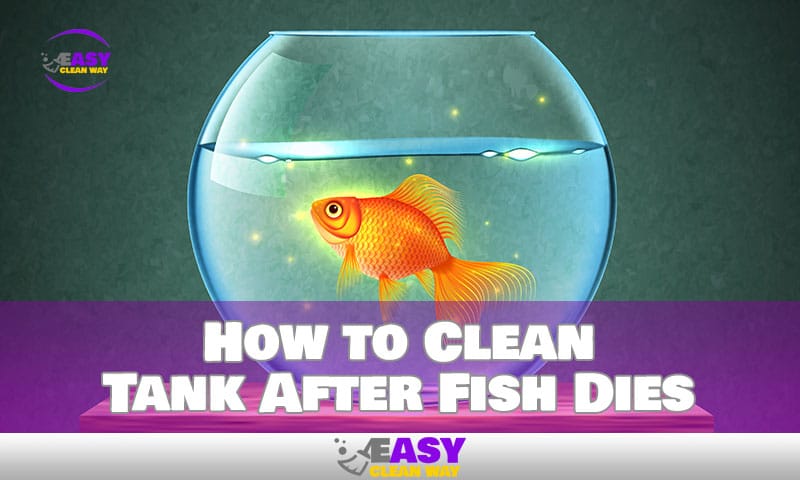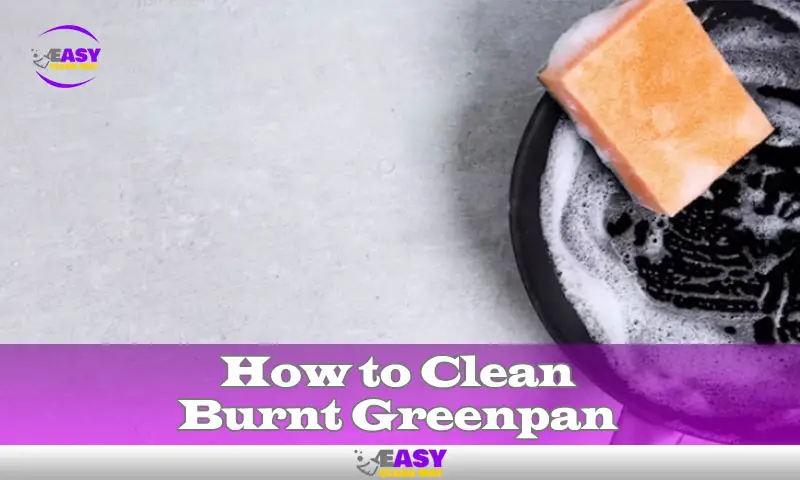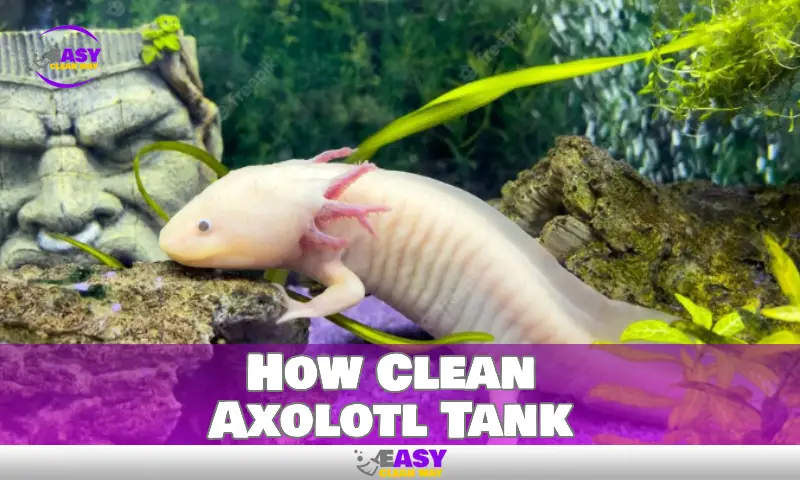If you’ve ever lost a fish, you know it’s not just an emotional experience; it can also be a logistical challenge. Even if your tank inhabitants were only around for a short time, their passing brings about the task of properly cleaning the tank environment.
No one wants to simply ignore the situation and carry on as if nothing happened, no matter how small or large the fish in question was; however, most people don’t know how to go about cleaning their tank properly after a loss. Cleaning isn’t always easy, but with the right steps and knowledge, you can handle this task with confidence and respect for your past friend.
In this article, I’ll share my professional advice on the best way to clean your tank after a fish dies. With my help and experience combined, you’ll be able to maintain not only an esthetically and environmentally pleasing environment in your tank but also an emotionally comforting one as well.
Why Cleaning Is Necessary After a Fish Dies
Losing a fish can often be an upsetting experience, and cleaning the tank afterward can be a difficult task. However, it’s an important one. The reason for cleaning the tank after a fish has died is to make sure there are no harmful toxins or waste that could contribute to making your other fish ill.
First, it’s important to remove the deceased fish from the tank as soon as possible. Leaving it in the tank for too long can cause a buildup of toxic waste in the water, which can be deadly for your other fish.
You should also do a full water change. Start by removing 30-50% of the water from the tank and replacing it with fresh, dechlorinated water set at the same temperature as your tank. Make sure to also replace any filter media during this process. After that, use an aquarium vacuum to remove debris from the gravel bed at the bottom of your tank. Finally, clean your decorations with aquarium-safe cleaners or boiling water to remove any bacteria or algae buildup.
Removing the Dead Fish
The first step in cleaning a tank after a fish dies is to remove the dead fish from the tank. This should be done as soon as possible to prevent further contamination and reduce the chances of a bacterial outbreak.
It’s important to handle the fish carefully, as its body can be easily damaged if handled incorrectly. It’s advised that you use a pair of rubber gloves and a net or tongs when dealing with the fish. Make sure to dispose of it properly in an appropriate place, away from other living creatures.
Once the dead fish are removed from the tank, start cleaning it with warm water. You can either use an aquarium vacuum or scrub brush to remove any debris that has built up on the surfaces of your tank. When you’re finished cleaning, rinse out your cleaner or brush with fresh water before storing it away for future use.
Also Like: How to Clean Enamel Pins With This Precise Tip
Cleaning the Gravel
One of the key steps in the post-fish clean-up process is cleaning the gravel. This can be a bit of a messy job, but luckily, it’s an important one—you want to get rid of any old food and other debris from the substrate.
To start off, you’re going to need a big bucket or container and some aquarium water conditioner. Start off by removing as much water from your tank as possible—this might be a good time to set up your new filter and add some clean, filtered water—and transferring it into the bucket or container. Once that’s done, take out the gravel you want to clean and throw it in there.
Now here comes the fun part. To really get rid of all that dirt and debris in your gravel, you’re going to have to do some manual labor with your hands. Gently move around the gravel with your hands and use an aquarium siphon hose (if you don’t have one, you can use an old bottle) to vacuum up any remaining debris as well as any larger particles that might have been left behind.
Repeat this process until your gravel looks nice and clean, then pour everything back into your tank along with some new dechlorinated water. Rinse off any leftover debris in a metal strainer before returning it to your tank.
Cleaning the Tank Walls and Decorations
Cleaning the tank walls and decorations can be a challenge, particularly in tanks with a lot of decorations and plants. Fortunately, there are a few simple steps you can take to make this process easier.
First, remove all objects from the tank, including ornaments and plants. Be sure to handle them carefully—you don’t want to damage them or cause any harm to other fish. Place the objects in a bucket filled with dechlorinated water to keep them safe until you’re ready to put them back in the tank.
Scrub it Down
After everything has been taken out, scrub the area thoroughly. Any algae on the walls and ornaments can be scrubbed off with a soft cloth and dechlorinated water or an aquarium-safe cleaning solution. Not only should you thoroughly clean everything, but also make sure to get into any cracks and crevices because they can serve as a breeding ground for bacteria.
Rinse Thoroughly
Once every surface has been cleaned, it’s time to rinse. Before putting the walls and decorations back in your tank, rinse them with dechlorinated water or an aquarium-safe cleaning solution to remove any remaining dirt or debris. In order to avoid any future issues with your tank, make sure to thoroughly rinse everything.
Following these simple steps will help ensure that your tank is clean after a fish has passed away so that everything remains safe for your remaining fish inhabitants.
Replacing Lost Water and Testing the pH Balance
Once you’ve finished cleaning the tank, it’s time to replace the lost water. Start by filling the tank with dechlorinated water up to its normal level and testing the pH balance. If it appears to be off, you can use products such as pH buffers or pH adjusters to bring it back to a suitable level. Additionally, you may want to add water conditioners or other products, such as stress coats, to help keep your fish healthy and happy.
Finally, replace any decorations that you’ve removed and check the water again for any signs of contamination. If everything looks good, you can add your fish back in and enjoy the freshly cleaned tank.
Setting Up a New Home for Your Fish
If you’ve decided to get a new fish, it’s important to set up a suitable environment for them. Before you add them to the tank, make sure to read up on the particular species’ needs and requirements. This includes water temperature, pH balance, and what kind of food and diet the fish needs.
Set the tank up with appropriate decorations, such as plants and rocks, and adjust the water temperature and pH balance as needed. Once everything is in place, you can add the new fish.
Observe their behavior to make sure they are settling in to their new environment and have enough space to swim and explore. To ensure that all of the fish can benefit from their new surroundings together, you can add in additional species of fish as the new fish get accustomed to the tank.
To maintain a healthy environment for your fish, keep in mind that keeping the tank clean is essential. Maintaining the tank in top condition and halting the spread of any diseases will be made possible by routine cleanings and water replacements. Your tank should continue to be healthy and your fish should prosper with the proper care.
People Also Like: The Best Way to Use a Wet/Dry Vac to Clean a Pond
Conclusion
Taking care of a fish tank can be stressful and sad, but with the right knowledge and techniques in place, you can make sure your tank stays clean and healthy even in the case of a fish’s death.
Regardless of whether you decide to clean the tank right away or wait a few days, make sure you do it in a way that is secure for both you and the tank. The tank’s water levels should be monitored, the fish should be removed, and any debris should be cleaned up with the proper cleaning agent. You can maintain excellent tank condition by performing routine maintenance.
Though it can be a difficult process, cleaning a tank when a fish dies is an important part of tank ownership. With the right approach, it doesn’t have to be a scary process.
Hey there! I’m Alton Smith, your Clean Expert blogger. I’m on a quest to help you conquer chaos and embrace the joys of a tidy life.





